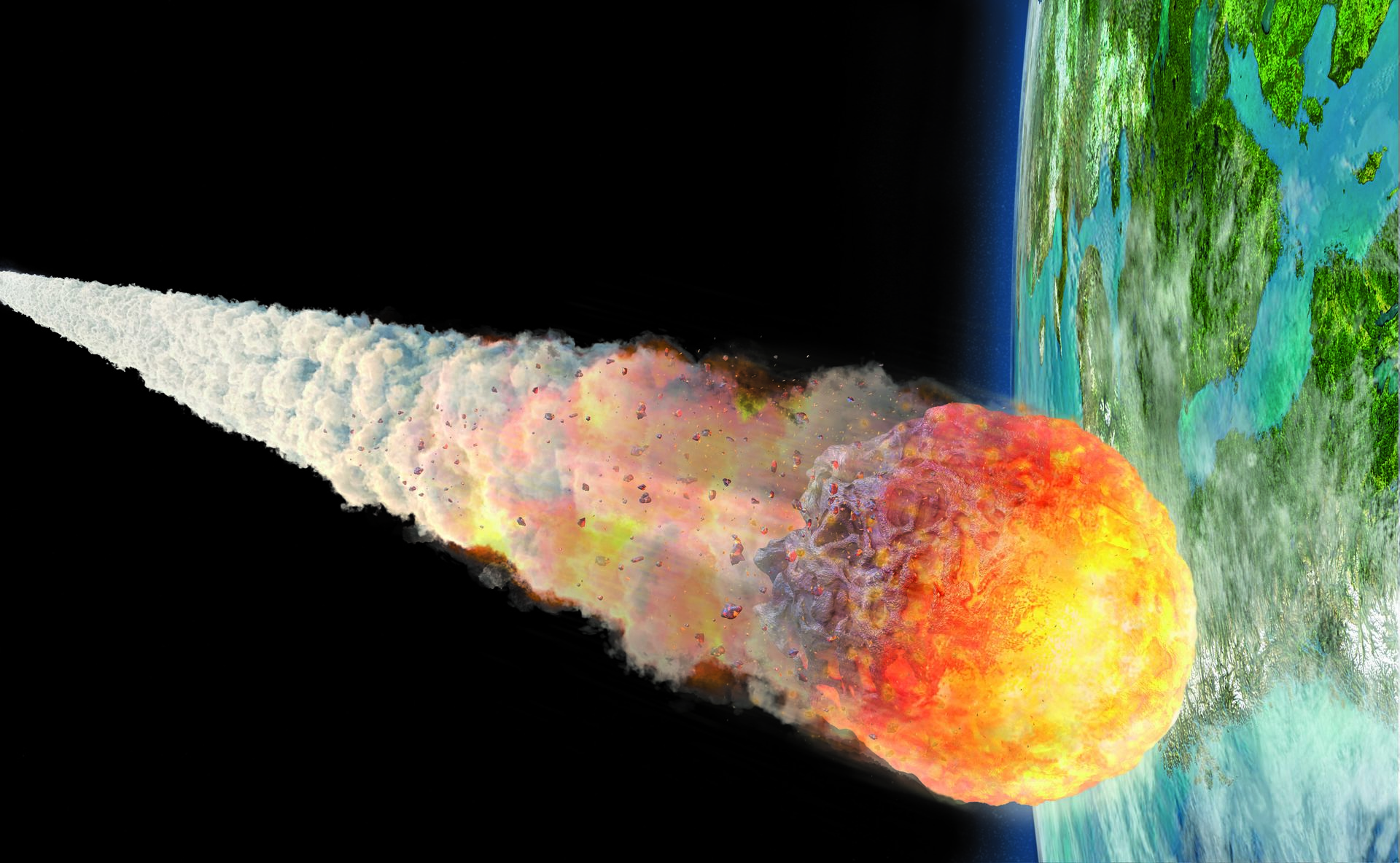

This prevents having background noise due to Earthshine, and thus permits obtaining high-quality scientific products. The mission implements a sophisticated orbit design: LUMIO is placed on a halo orbit about Earth-Moon L2 where permanent full-disk observation of the lunar farside is made. The on-board payload data processor autonomously detects flashes in the images, and only those containing events are stored. On-board data processing is implemented to minimise data downlink, while still retaining relevant scientific data. Slight defocusing is chosen to prevent detecting false positives. LUMIO-Cam has a 1024x1024 pixels CCD, 6 deg FOV, 127 mm focal length, and 55 mm aperture. The mission utilises a CubeSat that carries the LUMIO-Cam, an optical instrument capable of detecting light flashes in the visible spectrum. This will complement the knowledge gathered by Earth-based observations of the lunar nearside, thus synthesising a global information on the lunar meteoroid environment. This Challenge Analysis proposes a Lunar Meteoroid Impact Observer (LUMIO) to observe, quantify, and characterise the meteoroid impacts by detecting the impact flashes on the lunar farside. A micrometeorite is a meteorite between 10 μm and 2 mm in size.Meteorite– “a solid substance or body falling from the high regions of the atmosphere” (Craig 1849) “ mass of stone and iron that ha been directly observed to have fallen down to the Earth’s surface” (translated from Cohen 1894) “ solid bod which came to the earth from space” (Farrington 1915) “A mass of solid matter, too small to be considered an asteroid either traveling through space as an unattached unit, or having landed on the earth and still retaining its identity” (Nininger 1933) “ which has reached the surface of the Earth without being vaporized” (1958 International Astronomical Union (IAU) definition, quoted by Millman 1961) “a solid body which has arrived on the Earth from outer space” (Mason 1962) “ solid bod which reach the Earth (or the Moon, Mars, etc.) from interplanetary space and large enough to survive passage through the Earth’s (or Mars’, etc.) atmosphere” (Gomes and Keil 1980) “ that survive passage through the atmosphere and fall to earth” (Burke 1986) “a recovered fragment of a meteoroid that has survived transit through the earth’s atmosphere” (McSween 1987) “ solid bod of extraterrestrial material that penetrate the atmosphere and reach the Earth’s surface” (Krot et al. An object loses its status as a meteorite if it is incorporated into a larger rock that becomes a meteorite itself. Weathering and other secondary processes do not affect an object’s status as a meteorite as long as something recognizable remains of its original minerals or structure. A meteorite is a natural, solid object larger than 10 μm in size, derived from a celestial body, that was transported by natural means from the body on which it formed to a region outside the dominant gravitational influence of that body and that later collided with a natural or artificial body larger than itself (even if it is the same body from which it was launched).


A micrometeoroid is a meteoroid 10 μm to 2 mm in size. Taking these facts and other potential complications into consideration, we offer new comprehensive definitions of the terms “meteorite,”“meteoroid,” and their smaller counterparts: A meteoroid is a 10-μm to 1-m-size natural solid object moving in interplanetary space. In recent decades, man-made objects have fallen to Earth from space, meteorites have been identified on the Moon and Mars, and small interplanetary objects have impacted orbiting spacecraft. This definition, however, is no longer adequate. Abstract– Meteorites have traditionally been defined as solid objects that have fallen to Earth from space.


 0 kommentar(er)
0 kommentar(er)
